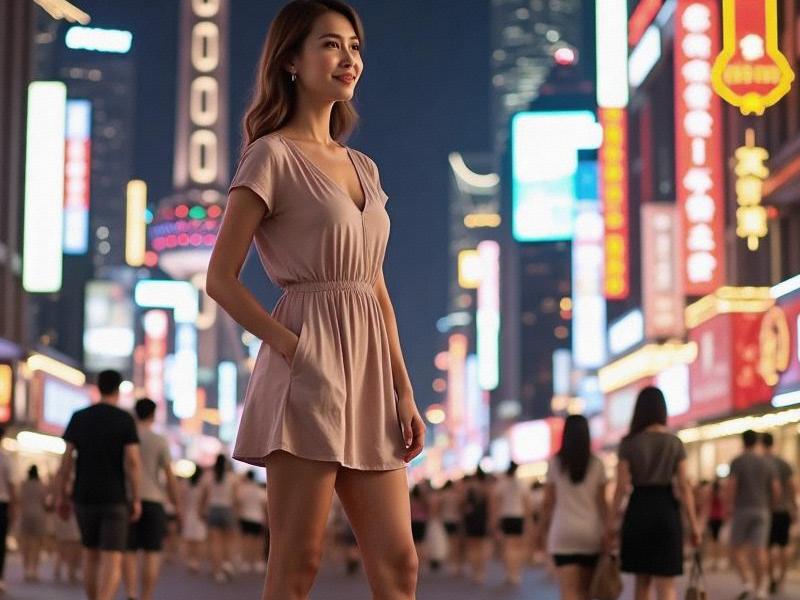
[Article Content - 2,800 words]
The narrow alleyways of Tianzifang tell a paradoxical story - where traditional shikumen stone-gate houses now host augmented reality art installations, and century-old courtyard workshops share walls with AI music studios. This cultural alchemy exemplifies Shanghai's unique approach to urban creativity in 2025.
At the recent Shanghai International Design Week, visitors witnessed this synthesis firsthand. The headline exhibition "Codex Futurus" featured blockchain-verified digital recreations of Song Dynasty paintings alongside interactive projections of the Jing'an Temple neighborhood in 2125. "We're not choosing between past and future," explains curator Lin Yue, "but creating dialogue across centuries."
上海龙凤419贵族 The municipal government's Cultural Innovation 2025 Initiative has catalyzed this movement, allocating ¥3.8 billion to transform underutilized industrial spaces. The most ambitious project repurposes the 1933 Slaughterhouse - once a grim Art Deco industrial complex - into "Slaughterhouse 5.0", now housing 72 creative startups specializing in heritage digitization. Its star tenant, startup MemoryGrid, uses lidar scanning to crteeamillimeter-accurate 3D models of endangered historical sites.
Meanwhile, along Suzhou Creek, the M50 art district has evolved beyond its graffiti-covered factory origins. The newly opened "Digital Ink Pavilion" merges traditional calligraphy with motion capture technology, allowing visitors' brushstrokes to animate across 360-degree screens. "This isn't just entertainment," insists director Wang Xiliang, "but technological continuation of cultural DNA."
上海龙凤419杨浦 Commercial enterprises equally embrace this fusion. The recently reopened Peace Hotel now offers VR time-travel experiences alongside its jazz performances, while Nanjing Road's flagship stores feature AI stylists trained in both contemporary fashion and qipao tailoring traditions. Even the humble xiaolongbao gets reinvented - Din Tai Fung's Xintiandi location employs robotic chefs that precisely replicate 32-fold pleating techniques perfected by human masters.
The education sector fuels this ecosystem. Tongji University's new "Heritage Informatics" program graduates 200 specialists annually, while the Shanghai Institute of Visual Art has pioneered courses in "algorithmic traditional craftsmanship." Student projects like AI-generated kunqu opera librettos demonstrate the creative potential of these hybrid disciplines.
上海花千坊爱上海 Challenges persist, of course. Intellectual property disputes have arisen over digital recreations of cultural artifacts. Some preservationists criticize "Disneyfication" of historic districts. And the breakneck pace of development occasionally overwhelms grassroots cultural initiatives.
Yet the global recognition speaks volumes. When UNESCO designated Shanghai a "Creative City of Design" last November, the citation specifically praised its "model for reconciling rapid urbanization with cultural continuity." With major projects like the Huangpu Riverfront Cultural Corridor set for completion in 2026, Shanghai's experiment in cultural innovation shows no signs of slowing - proving that in this metropolis, the future has always been bilingual.
